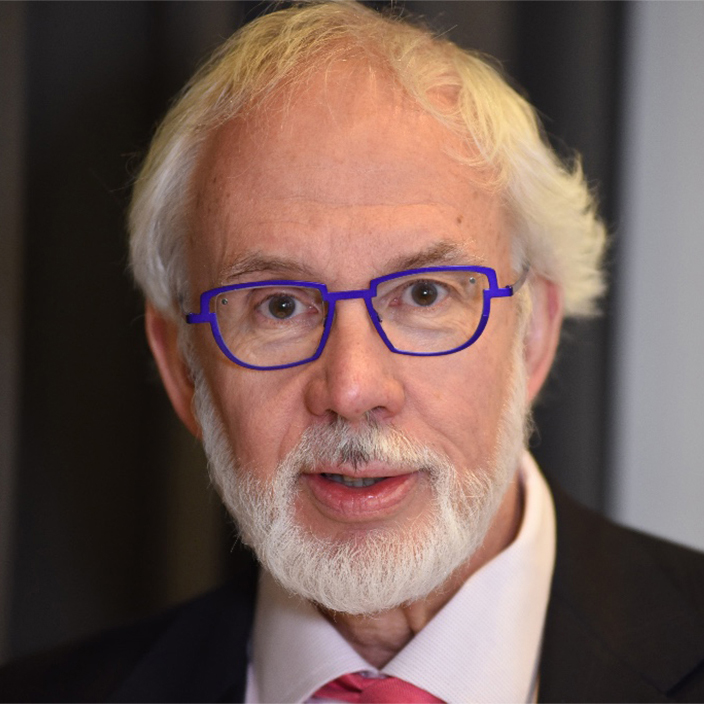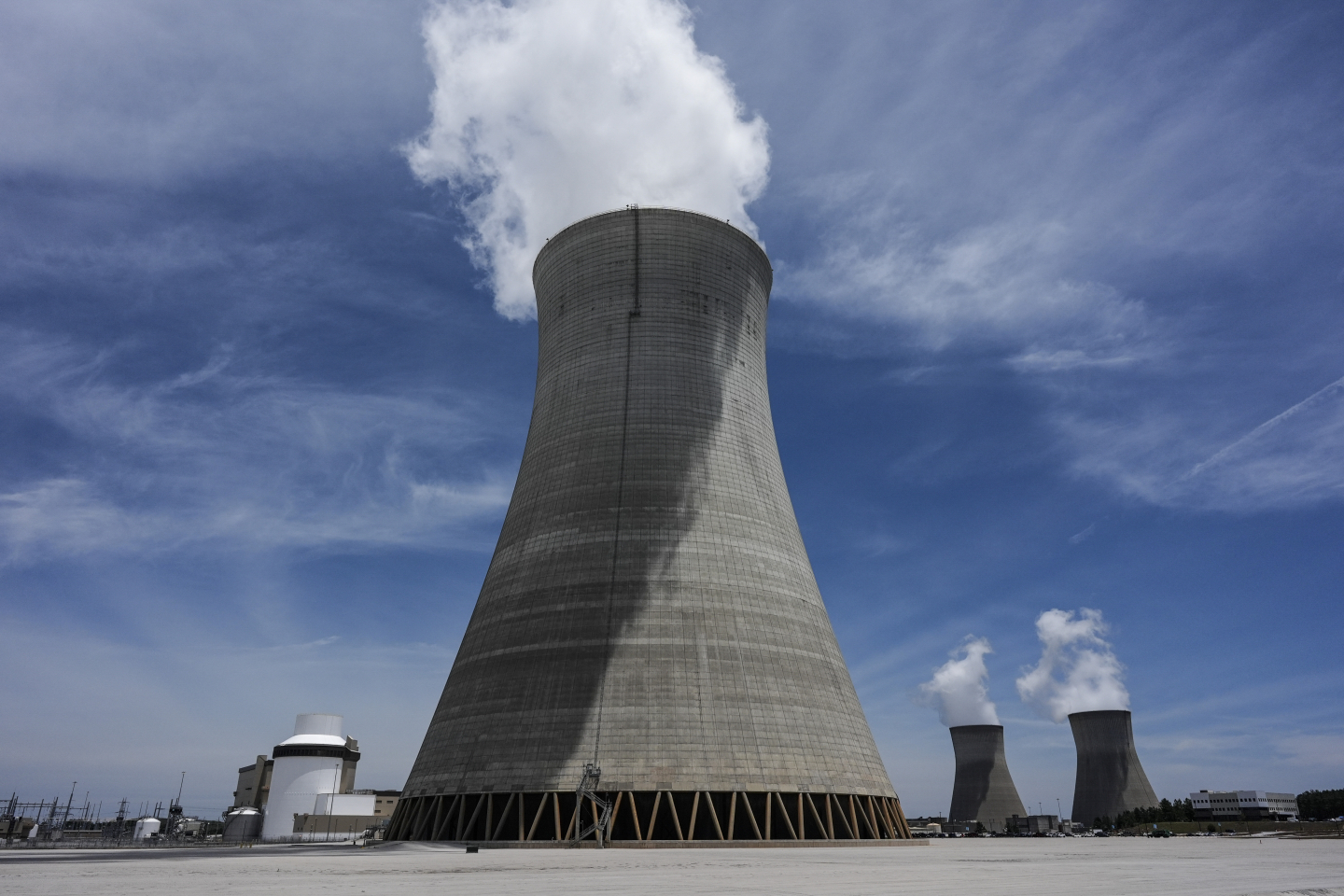Support for nuclear power is continuing to grow as more people recognize that it is a source of dependable, emissions-free energy. Recently, 14 of the world’s largest banks committed to backing nuclear energy, and big tech is turning to nuclear to meet growing power needs. Fifty-six percent of Americans favor building more nuclear plants – up from 43 percent in 2020–and nearly 80 percent of young, first-time voters favor nuclear power.
And yet, nuclear energy continues to have its fair share of detractors. The skepticism, or in some instances outright disapproval, stems from a combination of incomplete information, misinformation, and misperception. While certain critiques of nuclear are completely unfounded (e.g., you can steal uranium from a nuclear power plant to build a bomb and these plants are dangerous and bad for the environment) , others are more legitimate and deserve more context and explanation. In the spirit of improving public knowledge about nuclear energy, here we address the six most common objections that are raised.
Nuclear is clean and dependable
Perhaps the most disingenuous argument against nuclear power is that it is dirty. Arguing that nuclear power is not a climate solution, critics say nuclear power is not clean or carbon-free. It is incontrovertible that nuclear plants produce no air pollution or carbon dioxide emissions.
As is the case with every energy source, nuclear energy has an environmental footprint. The energy that is necessary to extract and process the uranium and the materials used to build the plant have an emissions impact. By that standard, no energy technology is emissions-free, including wind and solar. Each carries environmental trade-offs.
With respect to nuclear energy, the environmental benefits are compelling. The lifecycle emissions of nuclear compared to wind and solar are on par or better. The land-use requirements for nuclear are noticeably smaller. According to the Nuclear Energy Institute, the amount of land required for a wind farm that produces the energy equivalent of a 1,000 megawatt reactor would be 218 square miles, roughly the size of San Francisco. With only one square mile, a nuclear reactor can deliver always-on, pollution-free power.
Nuclear is also the most dependable form of electricity, which is why it is drawing the attention of big tech who want reliable power 24/7. Nuclear power is by far the most reliable energy source and runs at full power 93 percent of the time, far more than wind, solar, and even natural gas and coal. Impressively, plants can operate for 1.5 to 2 years before shutting down for a refueling outage (25-35 days)—ceasing generation while other plants pick up the slack. Newer Generation IV reactor technologies, like Oklo’s fast reactor, claim that they can operate for more than a decade straight without refueling.
Nuclear power is safe
Nuclear energy is extremely safe and technological advancements in next generation power plants have further reduced both actual and perceived risks. In measuring death rates per terawatt-hour by energy source, nuclear power is among the safest forms of energy. Despite any perceived concerns about radiation, eating a banana or taking a cross-country flight produces more radiation exposure than working at or living near a nuclear plant. And while many point to Three Mile Island, Chernobyl, and Fukushima to justify the perceived risks of nuclear power, all three of these incidents are worth putting into context. The 1979 partial meltdown of Three Mile Island Unit 2 occurred because of human error, not technical issues. Even so, background radiation in the area did not increase and there were no deaths, injuries, or adverse environmental consequences.
The accident at Chernobyl in 1986 resulted in 50 deaths, but there could be upwards of 4,000 more because of radiation exposure. However, it is worth stressing that a Chernobyl-like accident cannot happen in the United States because of differences in the reactor design. The Chernobyl reactor would simply not pass through the U.S. Nuclear Regulatory Commission’s licensing process.
The most recent incident was at Japan’s Fukushima plant after an earthquake and tsunami in March 2011. Despite the devastation caused by the natural disasters, the plant’s design and heroic actions by plant operators resulted in no immediate fatalities or widespread public radiation exposure or health effects on people or marine life. Only one fatality has been reported in connection with radiation exposure from a former plant worker who died of lung cancer in 2016. Had the plant’s backup generators not been placed where they were susceptible to flooding, the focus would have been on the tsunami and earthquake that claimed over 20,000 lives.
Innovative companies are paving the way for the next generation of nuclear power plants that pose even fewer public safety or proliferation risks than the ones operating today. Different technologies such as advanced water-cooled reactors, sodium-cooled, molten-salt reactors, and fusion reactors would improve upon an already-safe nuclear industry.
Nuclear power plants are not a source of uranium for building bombs
Yet another supposed concern is that the bad guys are going to get their hands on nuclear technology for weapons. That concern has existed in some form or fashion since the inception of the nuclear chain reaction and the Manhattan Project in 1945. Despite the growth of commercial nuclear power to more than 400 plants worldwide, there is little evidence that the availability of nuclear energy results in proliferation.
In fact, a 2017 article in MIT’s International Security journal found that “A systematic analysis of the historical evidence suggests that the link between nuclear energy programs and proliferation is overstated. Although such programs increase the technical capacity of a state to build nuclear weapons, they have important countervailing political effects that limit the odds of proliferation. Specifically, nuclear energy programs increase the likelihood that parallel nuclear weapons programs will be detected and face counterproliferation pressures; they also increase the costliness of nonproliferation sanctions.”
Nuclear weapons possessed by hostile actors always pose a threat. But no uranium traded for commercial nuclear has been used in a nuclear weapon, and nuclear weapons programs that exist today grew independently from the civilian nuclear industry. It would be extremely difficult to procure any fuel from a power plant to make a nuclear weapon, let alone transport it to a facility for the enormous degree of enrichment that would be necessary (from around five percent to 85 percent or more) in quantalities large enough to make a bomb.
We should worry about the threats posed by countries like Russia, Iran, and North Korea, but those countries will pursue weapons regardless of whether countries around the world expand their respective nuclear capacity. Shuttering commercial nuclear plants out of proliferation concerns will do little, if anything, to reduce that risk, and perhaps make it worse by weakening the international coordination among commercial nuclear operators and countries to address rigorous nonproliferation objectives and activities.
SUBSCRIBE TO OUR NEWSLETTER
Subscribe our newsletter to receive the latest news, articles and exclusive podcasts every week


